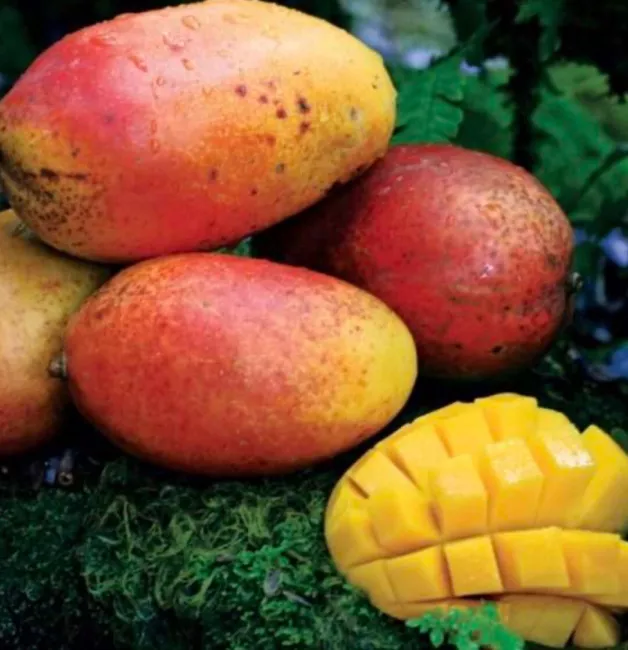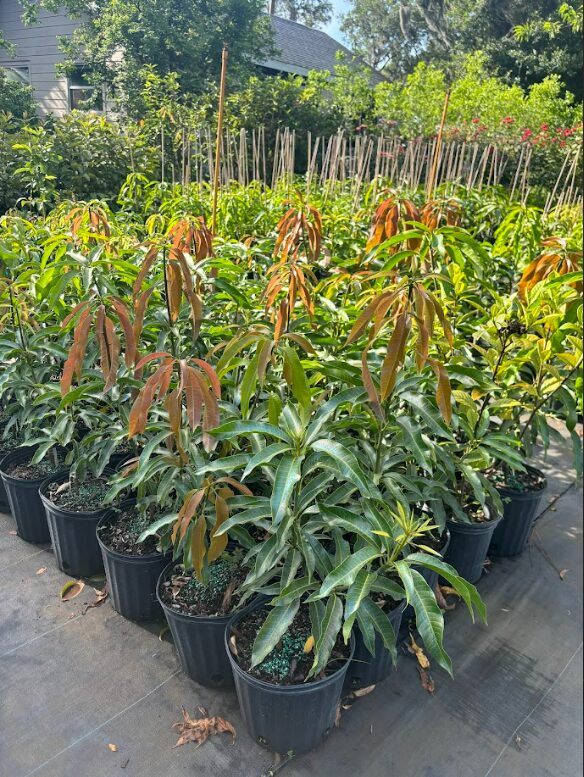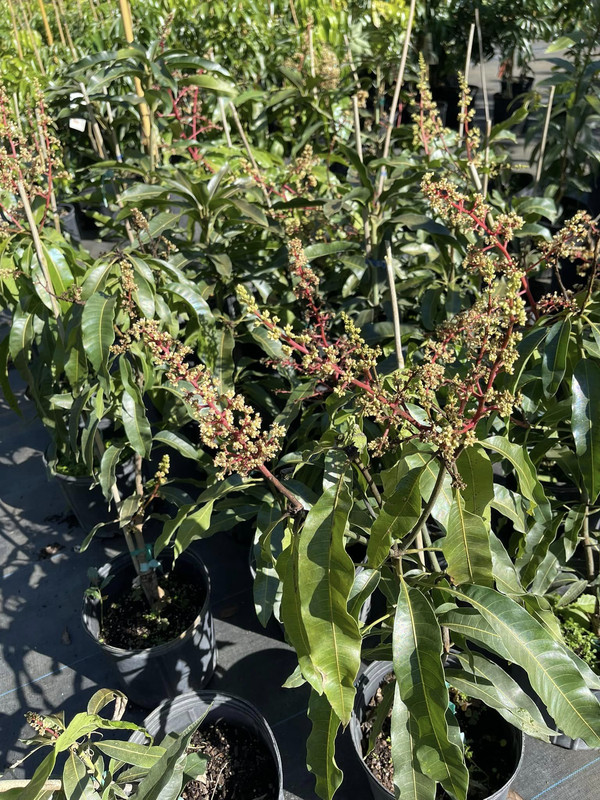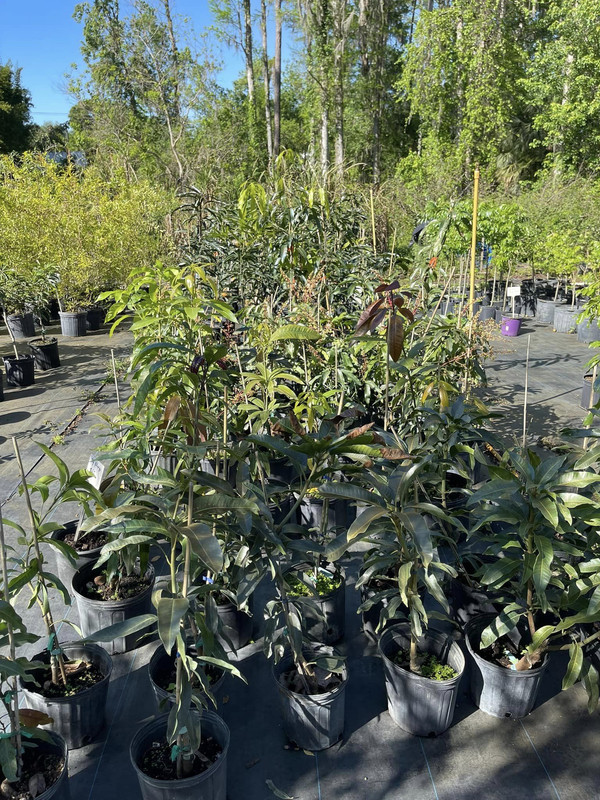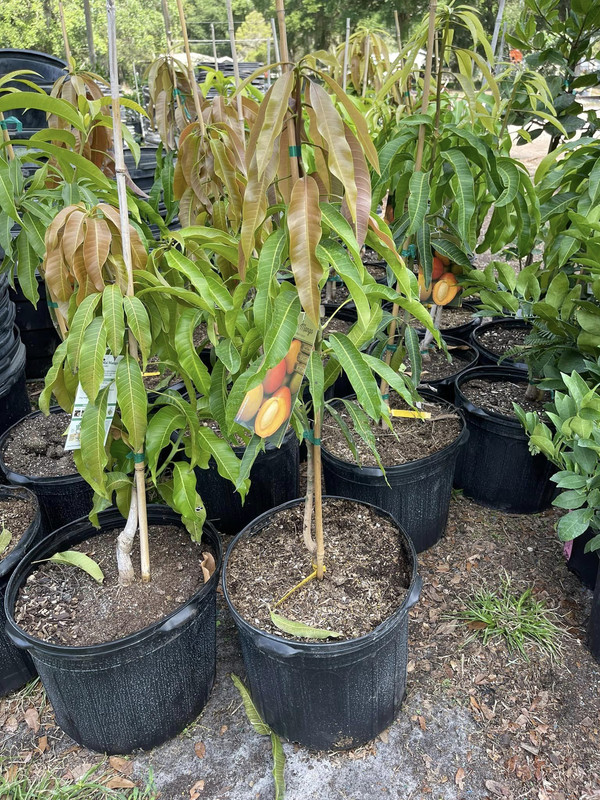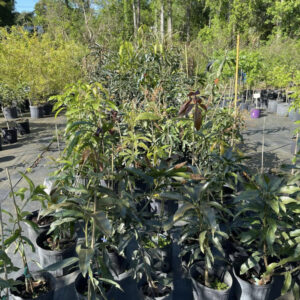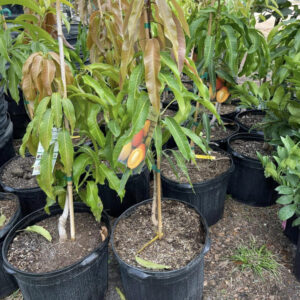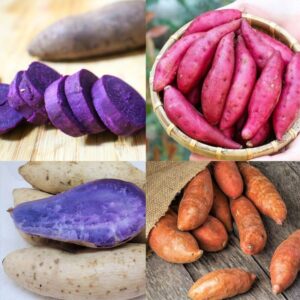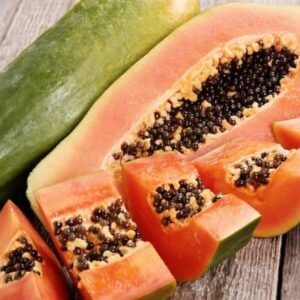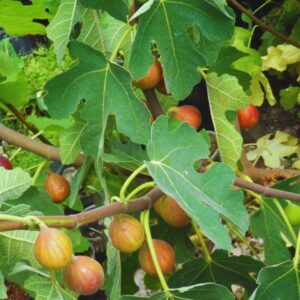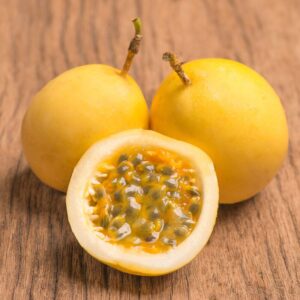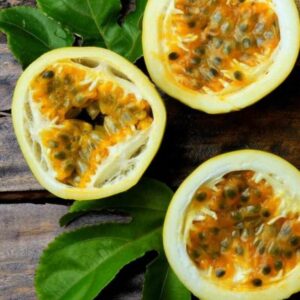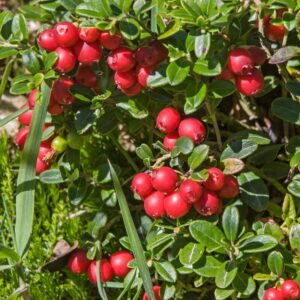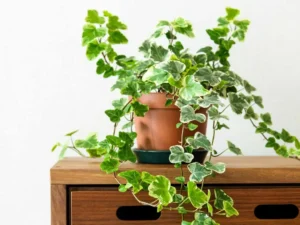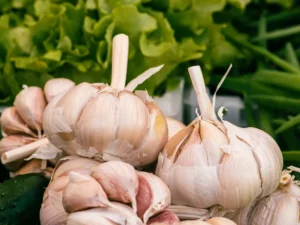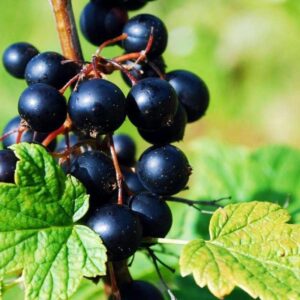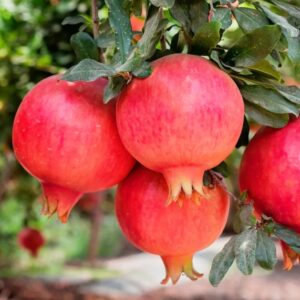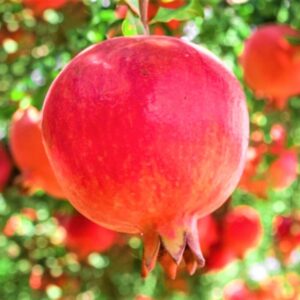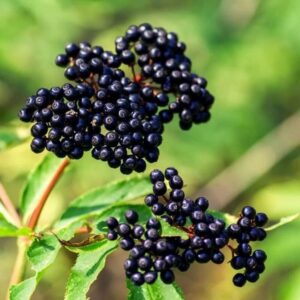Kent Fast Growing Mango Tree Grafted 2-4 Ft Tall
Kent Fast Growing Mango Tree Grafted 2-4 Ft Tall
The Kent Mango Tree is a fast-growing, grafted fruit tree, ideal for compact gardens, yielding delicious mangoes early.
Original price was: $299.99.$139.99Current price is: $139.99.

With our Alive & Thrive Guarantee, we’ve got your back for the first 30 days! If you have any concerns about your plants, just reach out to us. Our team is here to help answer your questions and guide you in selecting the best plants for your garden, climate, and unique preferences. We're excited to help you create the garden of your dreams!
-
USDA Hardiness Zone
Zones 9-11 -
Soil type
Well-drained, sandy soil -
Sunlight Exposure
Full sun (6-8 hours daily) -
Expected Planting Period
Spring or early summer
Transform Your Garden with the Kent Mango Tree
The Kent Fast Growing Mango Tree is a remarkable addition to any garden, known for its speedy growth and early fruit production. This grafted variety thrives in warm climates, allowing you to enjoy the sweet, juicy mangoes within just 2-3 years of planting. Its compact size makes it perfect for both small backyards and larger spaces, ensuring it is a versatile choice for any garden enthusiast.
Benefits of Growing the Kent Mango Tree
One of the notable features of the Kent Mango Tree is its delicious fruit. The mangoes are rich in flavor, making them perfect for fresh eating, smoothies, or desserts. Additionally, this tree is naturally resistant to diseases, reducing the need for chemical treatments. With minimal care, you can expect a high yield of fruit, allowing you to share your homegrown mangoes with family and friends.
Optimal Growing Conditions
The Kent Mango Tree flourishes in USDA Zones 9-11 and thrives in well-drained, sandy soil with moderate moisture. It requires full sun, needing at least 6-8 hours of direct sunlight daily to reach its full potential. Whether planted in the ground or in a large container, this tree grows efficiently and adds a tropical touch to your garden.
Simple Care Instructions
Caring for your Kent Mango Tree is straightforward. Regular watering, especially during dry spells, will promote healthy growth. Fertilize every 4-6 weeks during the growing season with a balanced fertilizer to enhance productivity. Occasional pruning helps maintain the tree’s shape and removes any dead branches, ensuring a healthy and fruitful tree.
Frequently Asked Questions
- How tall will the Kent Mango Tree grow? It typically reaches a mature height of 10-15 feet with a width of 8-10 feet.
- When will the tree start producing fruit? This grafted mango tree usually bears fruit within 2-3 years of planting.
- Does the tree need a lot of water? While drought-tolerant once established, regular watering is recommended during the growing season.
- Can I grow this mango tree indoors? It’s best suited for outdoor growing but can thrive in large containers with adequate sunlight on a patio or balcony.
- Is the Kent Mango Tree resistant to pests and diseases? Yes, this tree is grafted for disease resistance, minimizing the need for chemical treatments.

